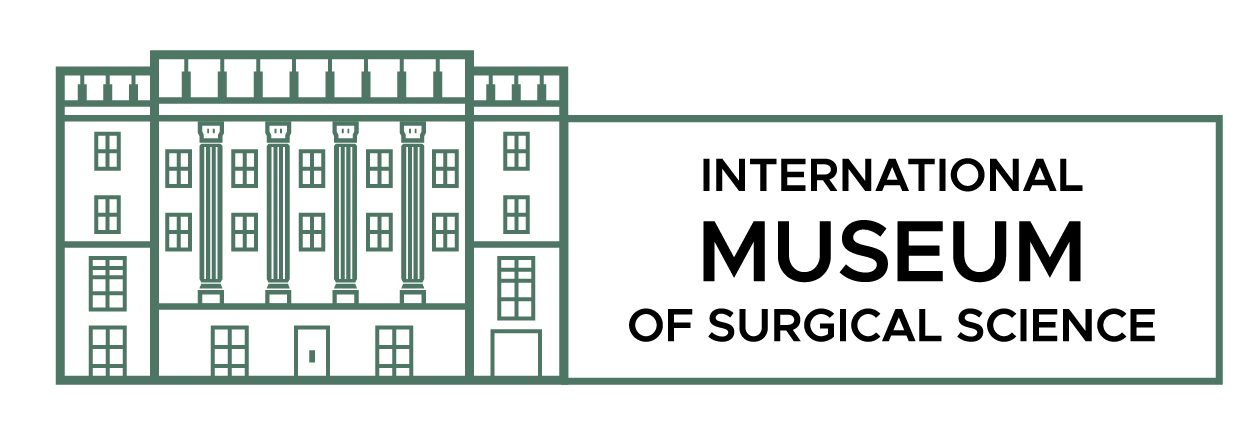Published by Claire Olszewski.
Having my personal background of art and art history, I was intrigued when I came across binders full of trade cards from the late 1800’s, a method of Victorian Era advertisement. Within the collection, there are dozens of pocket-sized paper cards decorated with ornate art, cartoons, and advertising text dated between 1870-1900. Trade cards were found at general stores, mailed directly to consumers, and handed out by traveling salesmen. These novelty items were highly popular in Europe and America in the Victorian Era, often collected and traded for their appealing imagery. It was common for collectors to paste their cards into scrapbooks, which led to degradation of many of the cards remaining today (see images).
Advertisements from any era help to shed light on the society from which they came. Trade cards were popularized in the 1870’s when chromolithography printers were increasingly accessible to advertisers. During this time, America was in a phase of reconstruction in the aftermath of the Civil War. This produced images of economic growth, nationalism, self-improvement, high-class society, as well as novelty jokes and racialized scenes (that I couldn’t help but acknowledge.)
Small businesses of all types utilized the economical printmaking technique to create buzz and generate sales. The medical industry was no exception to the fad, employing artisans to design eye-catching illustrations, often not related to the products whatsoever, with text boasting homeopathic and patent medicines to “cure” the consumers ails. A trade card in the Museum’s collection advertising Dr. Thomas’ Eclectric Oil depicts an African American caretaker holding a heavily adorned white child which seems to have a weak correlation to the product at best. The back of the card alleges that the Eclectric Oil will “positively cure” an earache within two minutes and deafness within two days, with which to this day have no credible backing aside from patient testimonials.
With little-to-no regulation on advertising, the lack of medical knowledge in the general population, and no requirement to list ingredients, pharmaceutical brands made hyperbolic or entirely false claims for their products. A trading card for Dr. Buckland’s Scotch Oats Essence states “Nature’s Nerve and Brain Food; For Sale By All First Class Druggists” claiming the drug “will positively CURE” a number of ailments including paralysis, drunkenness and ovarian neuralgia. The advertisement neglects to inform the consumer that the concoction contains the narcotic ingredients alcohol and morphine.
At the end of the 19th century, trade cards fell out of fashion due to the introduction of color printing in magazines. The cards were no longer seen as novelty items leaving few preserved, some of which, the Museum is happy to house. Since this time, medicinal research and regulations have vastly improved though advertising obviously remains (the common day form of medicinal trade cards could be seen as TV advertisements). Though I am only sharing a few items, the Museum has many more. If you are planning a visit to the International Museum of Surgical Science, make sure to check out the Apothecary on the first floor and our Pain Management exhibit the 3rd floor.
Images: Various Medical Trading Cards in the International Museum of Surgical Science’s collection.
Sources:
Crane, Ben. “A Brief History of Trade Cards.” The Trade Card Place, www.tradecards.com/articles/history/history.html.
Kline, Wendy. “Popular Medicine in America 1800-1900.” Bulletin of the History of Medicine, vol. 91 no. 2, 2017, pp. 432-434. Project MUSE, doi:10.1353/bhm.2017.0034
“Trade Cards: An Illustrated History.” Cornell University, Division of Rare & Manuscript Collections,2017, rmc.library.cornell.edu/tradecards/exhibition/history/index.html#modal
Claire Olszewski is the Permanent Collection Intern at the International Museum of Surgical Science. She graduated from Columbia College Chicago in December of 2017 with her BA in Visual Arts Management and minor in Art History. She currently works at Linda Warren Projects as a Gallery Assistant.

